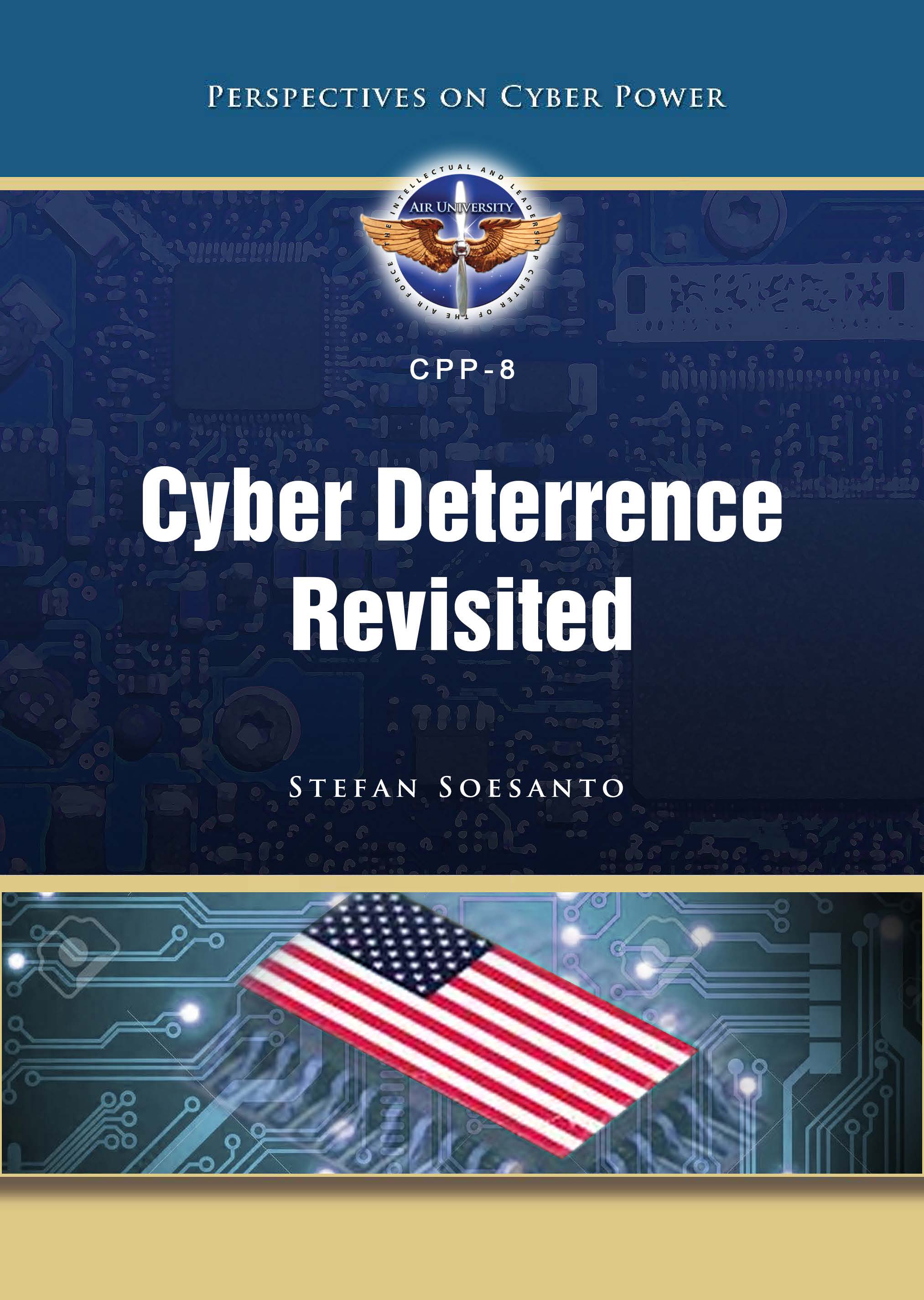 Cyber Deterrence Revisited endeavors to disentangle the ongoing academic discussions regarding creating a deterrence theory applicable to cyberspace. It critically reflects on deterrence mechanism outcomes, shortfalls, and misconceptions and explains when cyber deterrence is and is not successful. The paper also outlines potential research avenues, policies, and access requirements that will help to ascertain the deterrence effects we so desperately crave to create in cyberspace.
Cyber Deterrence Revisited endeavors to disentangle the ongoing academic discussions regarding creating a deterrence theory applicable to cyberspace. It critically reflects on deterrence mechanism outcomes, shortfalls, and misconceptions and explains when cyber deterrence is and is not successful. The paper also outlines potential research avenues, policies, and access requirements that will help to ascertain the deterrence effects we so desperately crave to create in cyberspace.
Until academics and war-game participants understand the realities of how militaries defend, fight, and win in cyberspace, cyber discussions—and to a larger degree, escalation dynamics—will remain deductive, reductive, and superficial. Nonetheless, the field of cyber deterrence is not a dead end. But progress in the field necessitates that researchers understand what effects we are currently able to create, what effects we cannot yet create, and which ones we would have to create to deter adversaries in and through cyberspace. Only through access to military thinking on the art of cyber, continuous experimentation, expedient practical adaptation, and out-of-the-box thinking will academics and military tacticians be able to piece together the puzzle that binds tactical and operational actions to produce the deterrence effects that we so desperately crave to create in cyberspace.
Author • Stefan Soesanto
Year • 2022
Pages • 49
ISSN • 2831-5251
AU Press Code • CPP-8